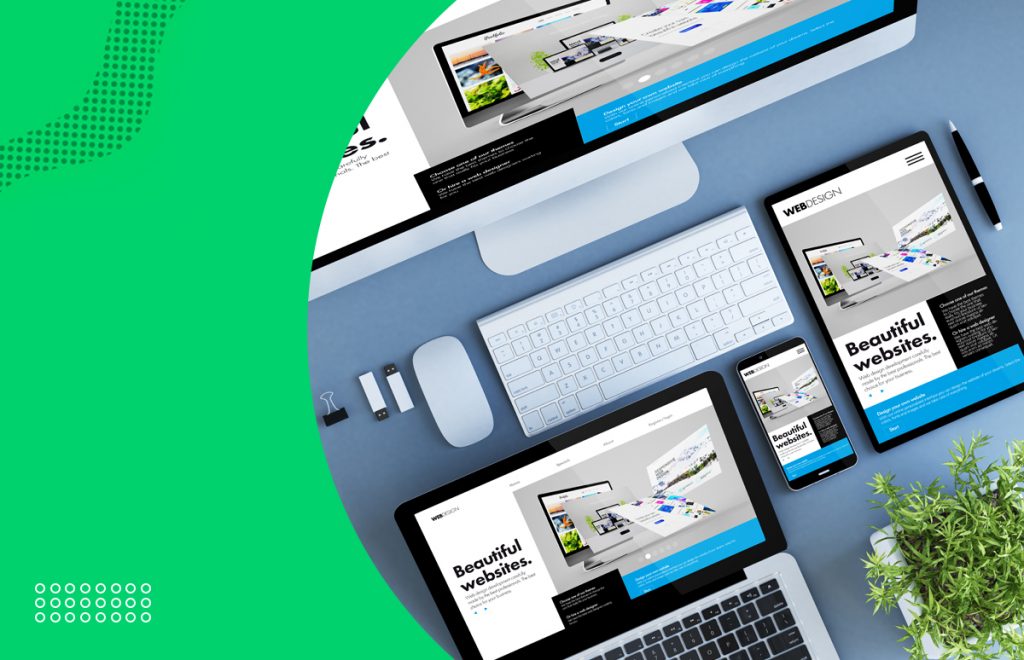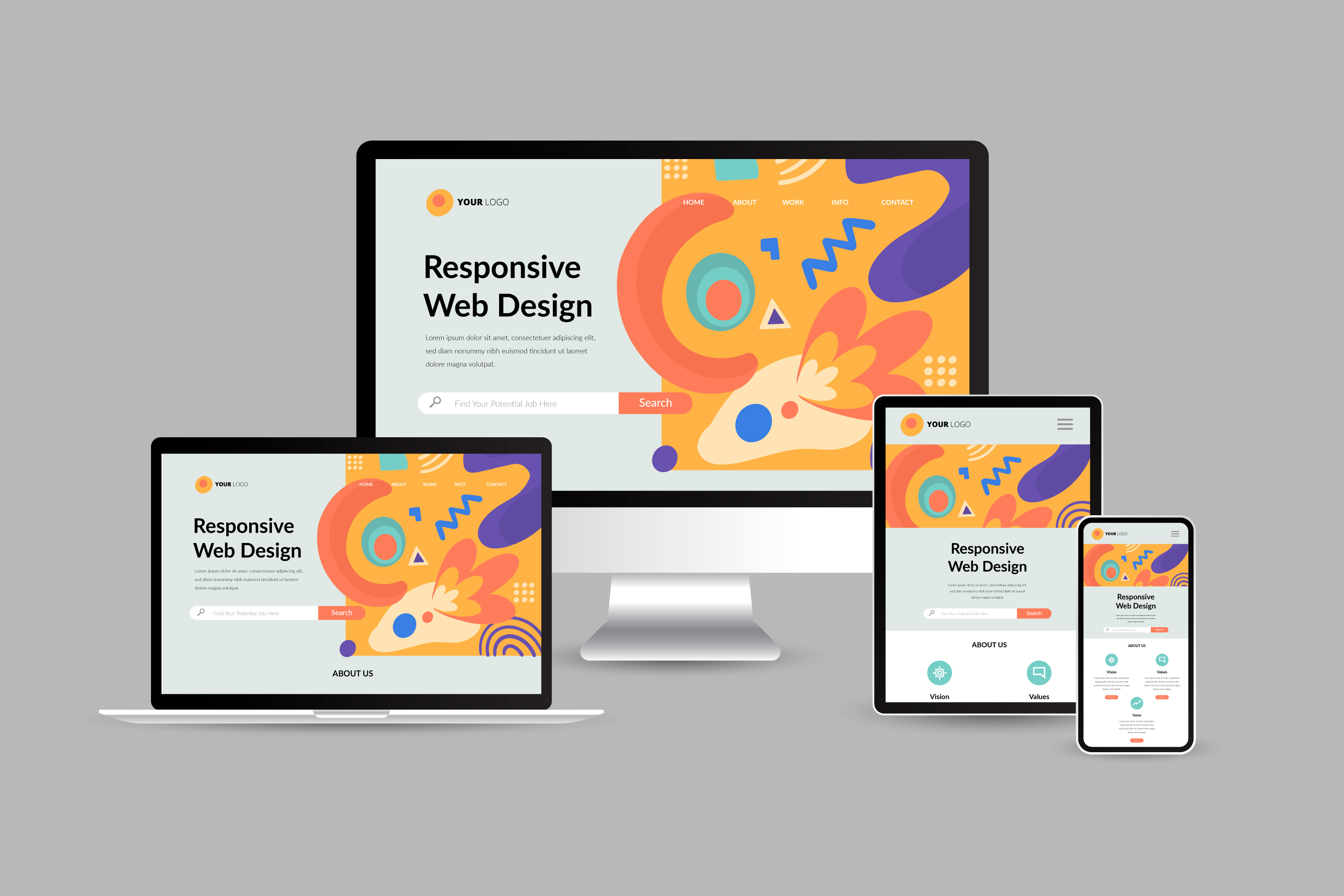The Importance of Mobile-Friendly Website Design
Important Tips for Crafting High-Impact Internet Site Styles
In the realm of electronic advertising and marketing, the layout of an internet site acts as a critical touchpoint for involving possible clients. To develop high-impact site styles, one must consider important elements such as audience understanding, customer experience, and aesthetic pecking order. Each of these parts plays a critical duty in not just attracting visitors however likewise in assisting in meaningful interactions. The interplay between these elements can be complicated and nuanced, raising the inquiry of exactly how to properly balance them to accomplish optimal outcomes. Checking out these methods can cause transformative results for your on the internet existence.
Understand Your Audience

To properly comprehend your target market, begin by carrying out market evaluations to collect data on age, sex, area, and interests - website design. This information functions as a foundation for creating individual identities, which represent the key qualities of your target market. These personas guide decision-making in style components and web content strategy, making sure alignment with user expectations
In addition, examining individual behavior with tools like Google Analytics can expose how visitors communicate with your website. Metrics such as bounce rates and time on web page can highlight areas that require improvement or modification. Customer surveys and comments likewise offer indispensable understandings into choices and pain points.
Eventually, a deep understanding of your target market is not simply helpful yet crucial. It equips developers to create even more appropriate, attractive, and practical websites that cultivate a positive user experience and drive desired outcomes.
Prioritize User Experience
When creating a website, focusing on customer experience (UX) is critical to accomplishing both user complete satisfaction and company objectives. A well-crafted UX makes certain that visitors can browse the website easily, find the information they require, and engage with material successfully. To achieve this, it is crucial to embrace a user-centered layout technique that involves understanding individual needs, choices, and behaviors.
Begin by conducting comprehensive research study, consisting of user surveys and use screening, to gather understandings into how individuals engage with your website. This information should inform layout choices, guaranteeing that formats and functions align with individual assumptions. Structured navigation is necessary; visitors must have the ability to locate info rapidly without unneeded clicks or complication.
Additionally, consider the loading speed of your internet site. A slow-loading website can cause high bounce prices, negatively influencing customer experience. Enhance scripts and images to boost efficiency.
Last but not least, make sure that your web site comes to all users, including those with handicaps. Abiding by ease of access requirements not just expands your audience yet additionally cultivates inclusivity. By prioritizing check that UX, you lay the foundation for a successful web site that fulfills both customer needs and organization objectives.
Embrace Visual Pecking Order
A well-structured aesthetic pecking order plays a significant function in enhancing user experience by leading visitors' focus to the most crucial aspects of a site (website design). By strategically arranging web content, designers can produce a clear course for individuals to follow, guaranteeing they involve with essential info successfully
To execute visual power structure, begin by making use of size and scale. Bigger components normally attract the eye, making them perfect for headlines or phones call to activity. Enhance this with contrasting colors that highlight key areas, as vivid colors can develop prime focus that catch interest.
Additionally, the positioning of elements on the page is essential. Leading the customer's stare via the layout can be achieved by placing vital details at the leading or in the center, where individuals typically begin their visual trip. Including whitespace around aspects can additionally improve quality, making it much easier for users to refine details without really feeling bewildered.
Last but not least, employing typography effectively adds to aesthetic pecking order. Different font weights, styles, and sizes can represent value, guiding individuals through the web content perfectly. By accepting these principles, developers can produce an user-friendly experience that promotes involvement and encourages customers to check out additionally.
Enhance for Mobile
Mobile optimization is vital in today's electronic landscape, as a significant portion of web traffic comes from smart phones. To make certain a smooth individual experience, internet sites must be made with mobile users in mind. This entails using receptive internet layout methods that adjust the layout, photos, and message to fit numerous screen sizes while preserving capability and looks.

Touch targets, such as web links and switches, have to be appropriately sized, ensuring they are conveniently tappable without mistakes. Ensure that types are mobile-friendly by reducing input fields and utilizing dropdowns where relevant, simplifying the user experience.
Lastly, visit this web-site test your web site across different mobile gadgets and internet browsers to determine any kind of concerns that might affect functionality. By focusing on mobile optimization, you not only improve individual satisfaction but likewise positively affect your website's internet search engine position, thus bring in more visitors and boosting general involvement.
Implement Strong Branding
A well-defined brand not just separates you from competitors yet also promotes depend on and commitment amongst your audience. This identity needs to be mirrored constantly throughout all digital touchpoints, including your web site, social media, and email communications.
Visual components such as logo designs, color pattern, and typography play an important role in branding. Pick a color palette that resonates with your target audience and mirrors your brand name personality. Make sure that your logo design is versatile and prominently displayed on your website, enhancing brand name acknowledgment.
Content is similarly crucial; your tone of voice should line up with your brand name identification, whether it's professional, friendly, or reliable. Engaging storytelling can even more reinforce your brand, creating an emotional connection with individuals.
Verdict
Finally, crafting high-impact internet site designs demands a complex strategy that encompasses recognizing the target market, focusing on individual experience, and accepting visual power structure. Optimization for mobile devices stays imperative, alongside the implementation of strong branding methods. By incorporating these elements, internet sites can effectively involve users, help with smooth navigating, and foster psychological connections that boost brand name identification. Inevitably, adherence to these concepts adds to the creation of compelling and effective digital experiences that reverberate with target market.
To create high-impact web site layouts, one have to consider crucial components such as audience understanding, customer experience, and visual hierarchy.When designing a site, prioritizing user experience (UX) is find out here now extremely important to accomplishing both individual satisfaction and service goals.Start by carrying out comprehensive study, including customer studies and usability testing, to collect understandings into how customers interact with your website. To guarantee a smooth customer experience, sites need to be created with mobile users in mind.In verdict, crafting high-impact site designs demands a diverse strategy that encompasses understanding the audience, prioritizing individual experience, and welcoming aesthetic hierarchy.